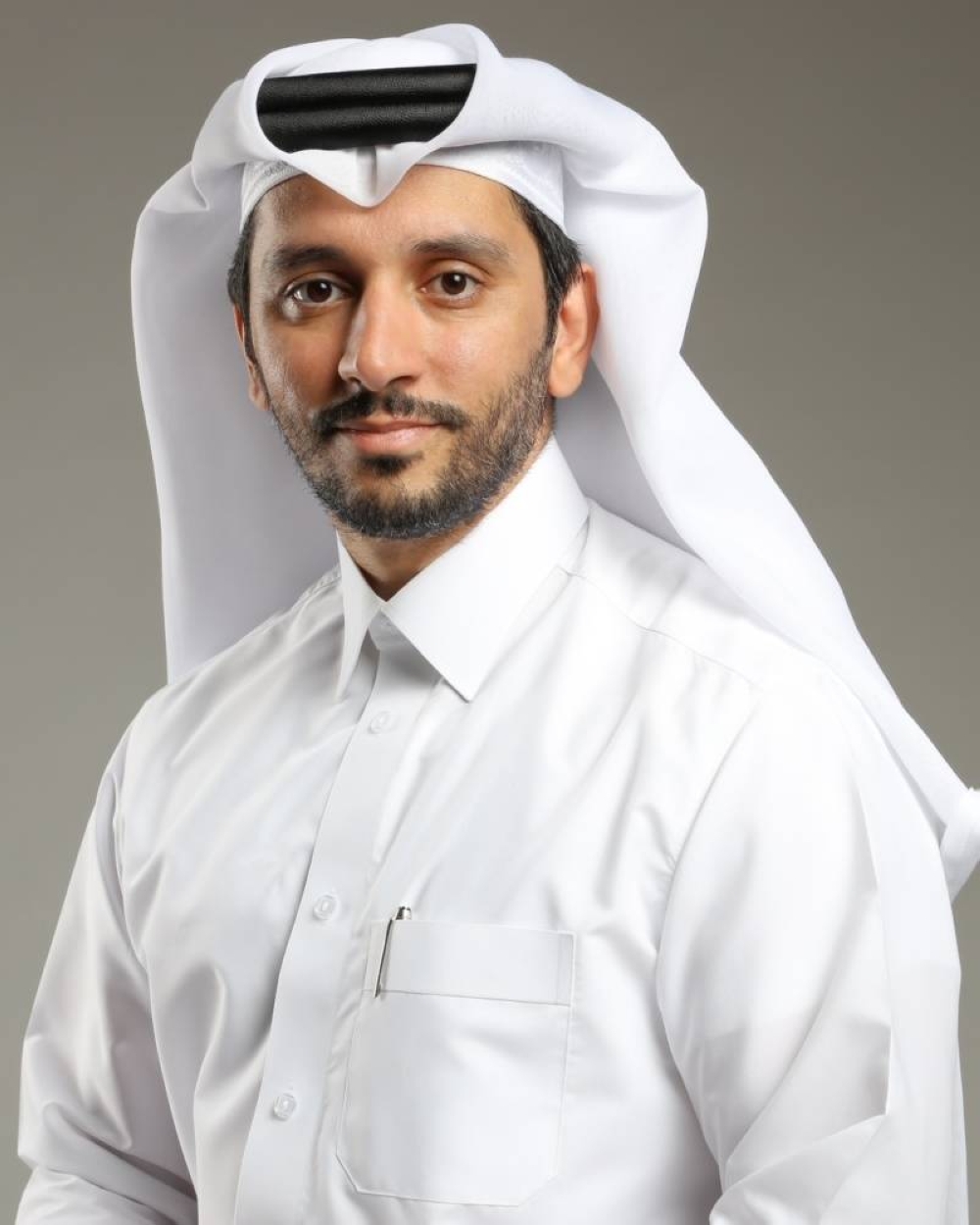Coverage of the FIFA World Cup in Qatar has been extensive, and much of it in the West has been negative, primarily citing human rights issues and the reported high cost of the tournament. The level of hostility is striking, especially given the progress made on workers’ rights and civil freedoms in Qatar. Russia received less negative comment when hosting the World Cup in 2018, four years after its military forces annexed large parts of neighbouring Ukraine.
As regards the cost of the World Cup, the figure of $200bn capital expenditure has often been cited. As I noted in my last article, this sum relates to strategic modernisation of the nation’s infrastructure for economic development generally. Even where media reports make this distinction in the text, the headline often makes the misleading link to the World Cup only.
Indeed, the blueprint for much of the modernisation programme was set out in 2008, two years before Qatar was awarded the World Cup by FIFA. So it is reasonable to ask: If Qatar had not been awarded the 2022 tournament, how much of the $200bn would have been invested in the same way? A look back at the 2008 document the Qatar National Vision 2030, indicates that the answer would be: The vast majority. The document outlines four pillars of development:
Human development, social development, economic development, and environmental development.
It adds: ‘The country’s hydrocarbon resource will eventually run out. Future economic success will increasingly depend on ... a new international order that is knowledge-based.’
Investment in education, broadband and office space has been made with a view to strengthening the knowledge-based economy. A major solar power plant has been completed, and the investment programme includes a greater extent of new cycle paths (2,131km) than of new roads (1,791km). Other examples of transport infrastructure include a new airport, a deep-water sea port for Doha, a new underground metro system and a fleet of electrically powered buses.
There has been significant investment in new hotels. Much of this is funded privately. Financing a hotel construction programme is based on projected income over a 10-15 year period, so the takings for a sporting tournament lasting six weeks would form a very small part of the calculation by the lender. Part of the plan for economic diversification is to boost tourism in Qatar.
The Doha suburb of Lusail is a new town, and hosts one of the tournament’s stadiums. While construction was completed in time for the World Cup, this is part of planning to accommodate growth. The old town was over-crowded and suburban expansion was necessary. Qatar’s population has grown from just 50,000 in 1950 to around 3mn in 2022. Lusail is a similar development to the building of shops, offices, residential units and new stadiums for major tournaments in other countries, such as London and in South Africa.
A World Cup should be, primarily, a festival of sport and a wonderful gathering in which people from all over the world gather to see the spectacle of the highest standards of play and lend passionate support to their side. People from the West and the East can come together and learn from each other, while respecting each other’s cultures. Constructive criticism is welcome, but inaccurate reporting and unfair comments are unhelpful.

